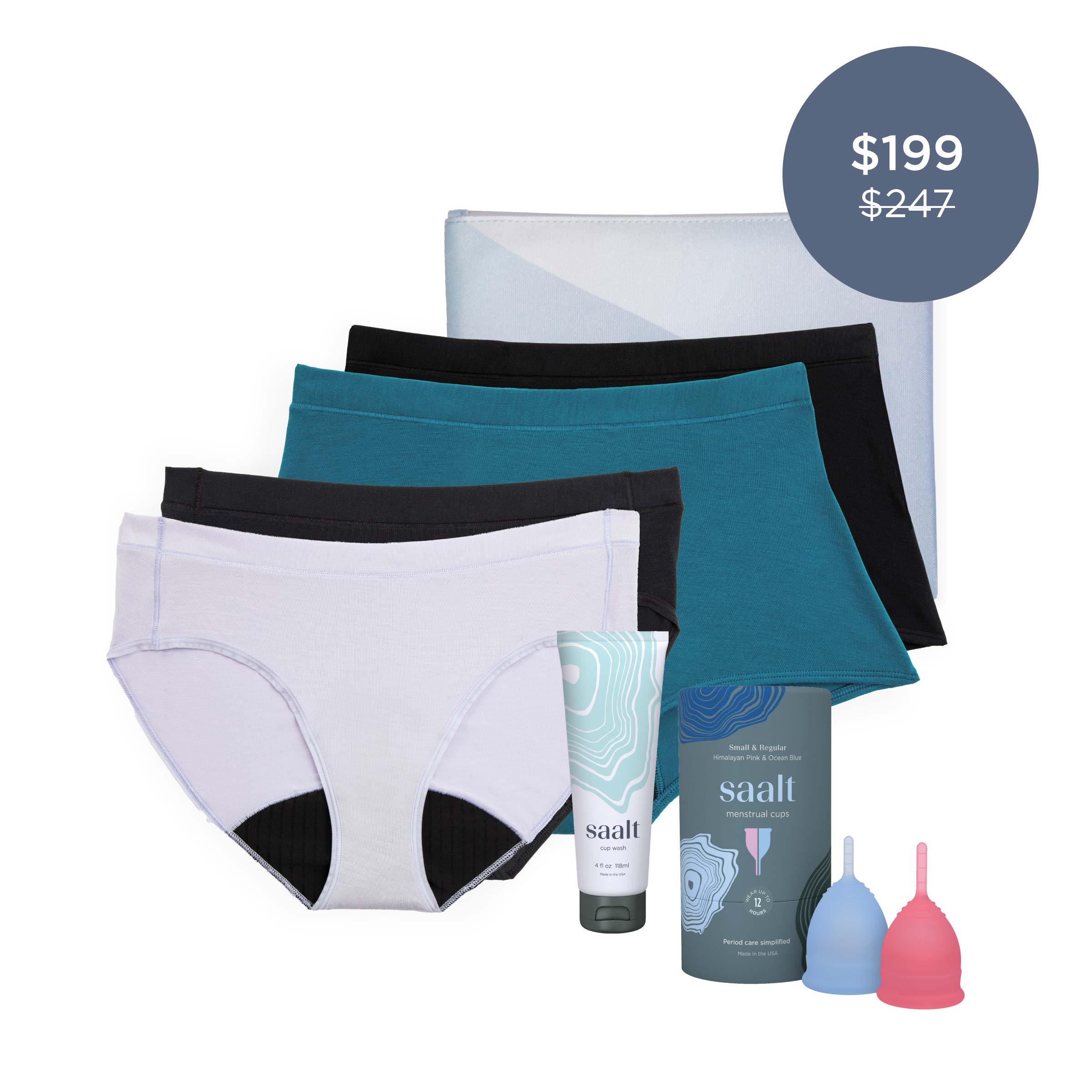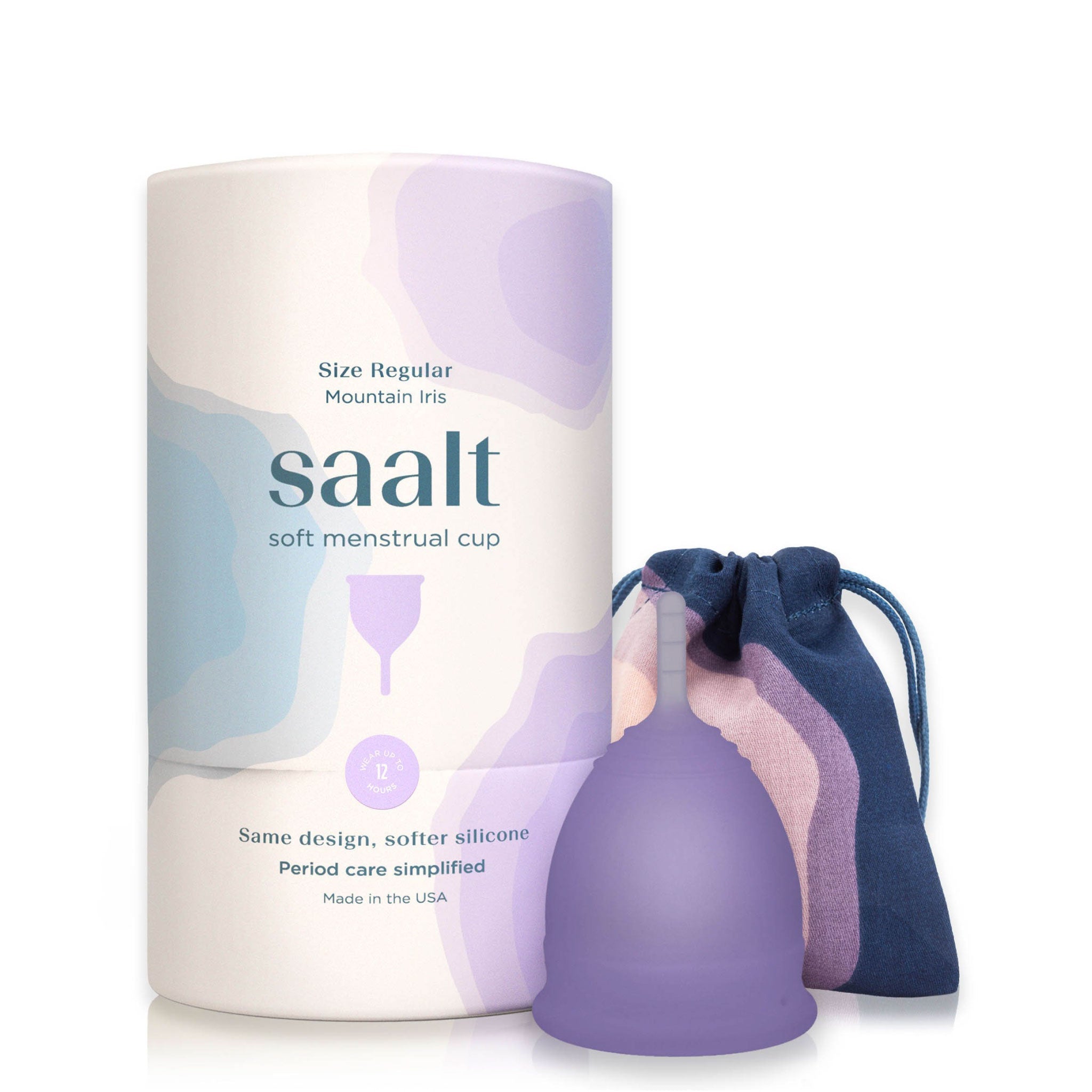Bladder leaks are a deeply personal and often frustrating experience. But if you're navigating this, you're far from alone — and more importantly, there's help, hope, and healing available.
Bladder leaks, or urinary incontinence, affect millions of people of all ages and genders. Whether it's a few drops during a sneeze or a more consistent need to find the nearest restroom, this condition can have a real impact on your daily life, confidence, and emotional well-being.
In this blog, we’ll explore the causes, treatments, and management strategies for bladder leaks, offer emotional encouragement, and share practical, judgment-free tips that truly make a difference.
What Are Bladder Leaks?
Bladder leaks occur when there’s an unintentional loss of urine. For some, this might be a rare inconvenience; for others, it may be a daily challenge. There are several types of urinary incontinence, and understanding which one you’re dealing with is a key step toward effective management.
Types of Urinary Incontinence
-
Stress Incontinence: Leaking urine during physical activities such as coughing, sneezing, laughing, or exercising.
-
Urge Incontinence: A sudden, intense urge to urinate followed by an involuntary loss of urine (also known as overactive bladder).
-
Overflow Incontinence: The bladder doesn’t empty properly, so it leaks small amounts of urine throughout the day.
-
Functional Incontinence: Physical or mental impairments (such as arthritis or cognitive decline) prevent a person from getting to the toilet in time.
-
Mixed Incontinence: A combination of two or more types, often stress and urge incontinence.
Common Causes and Medical Explanations
Bladder leaks can be caused by a range of physical, hormonal, and neurological factors. Some are temporary and reversible, while others may require long-term strategies.
1. Pelvic Floor Muscle Weakness
The pelvic floor muscles support the bladder and help control urination. If these muscles are weakened — often due to pregnancy, childbirth, surgery, or aging — they may not contract strongly enough to stop leaks.
2. Hormonal Changes
Estrogen plays a role in maintaining the health of the bladder and urethra. During menopause, declining estrogen levels can lead to thinning of these tissues, making leaks more likely.
3. Neurological Conditions
Conditions like multiple sclerosis, Parkinson’s disease, stroke, or spinal cord injuries can disrupt the nerves that control bladder function.
4. Infections and Irritations
Urinary tract infections (UTIs) can cause temporary urge incontinence due to irritation of the bladder lining. Similarly, bladder stones or tumors can also contribute.
5. Medications and Lifestyle Factors
Certain medications — such as diuretics, sedatives, or antidepressants — can affect bladder control. Excessive caffeine, alcohol, or artificial sweeteners may irritate the bladder and worsen symptoms.
Diagnosis: When to Seek Medical Advice
It’s important to remember that bladder leaks are not just a normal part of aging or something you “just have to live with.” They are treatable, and a healthcare provider can help you identify the cause and best course of action.
What to Expect at the Doctor’s Office
A typical evaluation might include:
-
A physical exam
-
A discussion of your symptoms and medical history
-
Urine tests
-
Bladder diaries (tracking fluid intake, bathroom trips, and leaks)
-
Imaging tests (in some cases)
The more detailed you can be, the better your doctor can tailor treatment to your needs. There is absolutely no shame in speaking up — your comfort and quality of life matter.
Management and Treatment Strategies
Thankfully, there are many ways to manage and even resolve bladder leaks. Treatment will depend on the cause, severity, and your overall health.
1. Pelvic Floor Exercises (Kegels)
Strengthening the pelvic floor muscles is one of the most effective, low-risk treatments, especially for stress incontinence.
-
Identify the right muscles (try stopping urination mid-stream — those are your pelvic floor muscles).
-
Practice holding the contraction for a few seconds, then releasing.
-
Aim for 3 sets of 10 repetitions daily.
You can do these exercises subtly anytime, anywhere — in line at the grocery store, while brushing your teeth, or watching TV.
2. Bladder Training
Bladder training helps regain control by gradually increasing the time between bathroom visits.
-
Start by urinating at set intervals (e.g., every hour).
-
Slowly extend the time by 15–30 minutes as your control improves.
-
This helps “retrain” your bladder and reduce urgency.
3. Lifestyle Modifications
Simple daily changes can go a long way:
-
Limit bladder irritants like caffeine, spicy foods, citrus, and alcohol.
-
Stay hydrated (dehydration can actually worsen symptoms).
-
Maintain a healthy weight, which reduces pressure on the bladder.
-
Establish a bathroom routine, especially if you're managing mobility or memory challenges.
4. Physical Therapy
Pelvic floor physical therapists specialize in helping people restore strength and coordination to the muscles that support bladder function. This approach is especially helpful postpartum or after pelvic surgery. Shop: Best underwear postpartum.
5. Medications
For urge incontinence or overactive bladder, certain medications can calm bladder muscles or increase capacity. Common classes include:
-
Anticholinergics (e.g., oxybutynin)
-
Beta-3 adrenergic agonists (e.g., mirabegron)
-
Topical estrogen (for postmenopausal women)
As always, medication should be discussed with your doctor to weigh the benefits and possible side effects.
6. Medical Devices and Procedures
In some cases, your provider may recommend:
-
Pessaries: A device inserted into the vagina to support the bladder and reduce leaks.
-
Urethral inserts: Small, disposable devices used temporarily for added support during activities.
-
Injections: Botox injections into the bladder can reduce muscle overactivity.
-
Nerve stimulation: Implanted devices or external stimulators to help regulate bladder signals.
-
Surgery: Options like sling procedures may be appropriate for certain types of incontinence, especially if conservative methods haven’t worked.
Emotional Well-being and Encouragement
It’s important to acknowledge that bladder leaks are not just a physical issue — they can take an emotional toll, too. People often report feelings of embarrassment, frustration, or isolation.
You Are Not Alone
Millions of people live with incontinence. It affects all genders, ages, and walks of life. There is no shame in what your body is going through — in fact, seeking support and treatment is one of the strongest, most empowering things you can do.
Building Emotional Resilience
-
Talk to someone: Whether it’s a loved one, a support group, or a therapist, sharing what you’re going through helps.
-
Give yourself grace: This is not your fault, and it doesn’t define you.
-
Celebrate small wins: Improvement takes time, but every step forward matters.
-
Be patient: Bodies heal and adapt in their own time.
Practical Tips for Everyday Life
Bladder leaks may be inconvenient, but with the right tools and planning, you can feel prepared and confident.
1. Use Incontinence Products That Work for You
-
Pads, liners, or leakproof underwear designed specifically for urine absorption.
-
Waterproof mattress protectors or seat covers for peace of mind
Many modern products are sublte, comfortable, and tailored for different levels of leakage.
2. Plan Ahead (Without Obsessing)
-
Know where bathrooms are located when going out
-
Carry a small emergency kit with wipes, a change of leakproof panties and wet bag, and an extra pad
-
Wear dark, moisture-wicking clothing when you're unsure
3. Maintain Hygiene and Skin Health
-
Change out of wet garments promptly
-
Use gentle, pH-balanced cleansers and barrier creams to prevent irritation
-
Let your skin breathe whenever possible
4. Supportive Apps and Tools
There are now bladder tracker apps, pelvic floor trainers, and even smart devices to help you build muscle control or manage schedules. Don’t be afraid to use technology to your advantage.
When to Reevaluate or Ask for More Help
If you’ve tried self-care strategies and things aren’t improving — or if your symptoms are interfering with daily life — it’s time to check in with a provider again. Incontinence is not something you have to “just deal with.”
A second opinion, a new treatment option, or even a fresh mindset can make a big difference.
More articles:
Best Underwear Post Hysterectomy
The Best Period Products for Pelvic Floor Dysfunction
Signs You Should See a Pelvic Floor Therapist
Final Thoughts: You Deserve Comfort, Dignity, and Support
Bladder leaks are common, manageable, and absolutely nothing to be ashamed of. Whether you’re at the beginning of your journey or have been navigating this for a while, know that support is available, and your quality of life matters.
With the right tools, care, and mindset, you can regain confidence and control. You are more than your symptoms, and this does not define you.
Remember: there is help. There is progress. And there is power in taking care of yourself — fully, kindly, and without shame.




